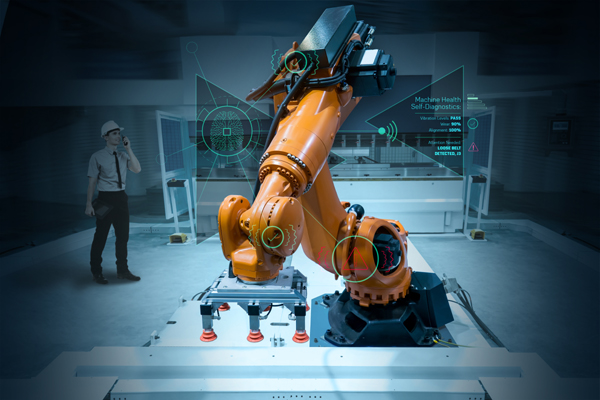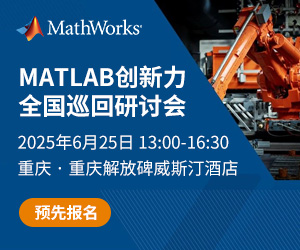Programmable multi-axis motion controllers are revolutionizing the performance tuning of mechanical systems because they can simulate real-world stresses on those systems. They can "play back" a sequence of realistic motion stimuli in a laboratory environment and enable measurements to be taken that would be difficult and time consuming to get i
Consider the task of trying to measure how a race car chassis flexes in response to road and aerodynamic forces on the track. There are many different wheel positions that occur as a vehicle goes into corners and its weight transfers between the tires. Front end camber can change, and tires may "bump steer" at different places on the track. Not only is it extremely hard to take measurements of the forces being applied to the chassis while the vehicle is moving控制工程网版权所有, available track time is limited. If a racing team could test and tune its car’s chassis and suspension responsiveness off the track, it could optimize the car’s performance more precisely and gain a competitive advantage.
For years, teams have sought ways to test their chassis adjustments with the car on a test stand. The first such system to be developed, called the "K-Rig" (K for "kinematics"), entered use some four years ago, and has become the standard for National Association for Stock Car Auto Racing (NASCAR) teams.
The K-Rig uses linear hydraulic actuators to apply forces independently to the wheels. It proved effectiveCONTROL ENGINEERING China版权所有, but hard to tune precisely控制工程网版权所有, and it was hard to use for dynamically testing car-body torsional characteristics.
With these early-system limitations in mindCONTROL ENGINEERING China版权所有, Accelerating Developments International Inc. (ADI) of ConcordCONTROL ENGINEERING China版权所有, N.C., one of the original K-Rig suppliers, set out to design an upgrade to the system which it called the KD-Rig (D for "dynamics"). This upgrade would improv


 在线会议
在线会议 论坛
论坛 专题
专题 工控直播
工控直播 新闻中心
新闻中心 子站
子站 技术
技术 社区
社区


 2025(第二十一届)年度最佳产品奖评选
2025(第二十一届)年度最佳产品奖评选 2025 (第十四届) 全球自动化和制造主题峰会 ·深圳站
2025 (第十四届) 全球自动化和制造主题峰会 ·深圳站 2025 Raythink燧石红外热像仪有奖试用
2025 Raythink燧石红外热像仪有奖试用.jpg) 立即获取Fluke在线红外热像仪解决方案白皮书
立即获取Fluke在线红外热像仪解决方案白皮书 2025电子及半导体智能制造创新高峰论坛
2025电子及半导体智能制造创新高峰论坛




























